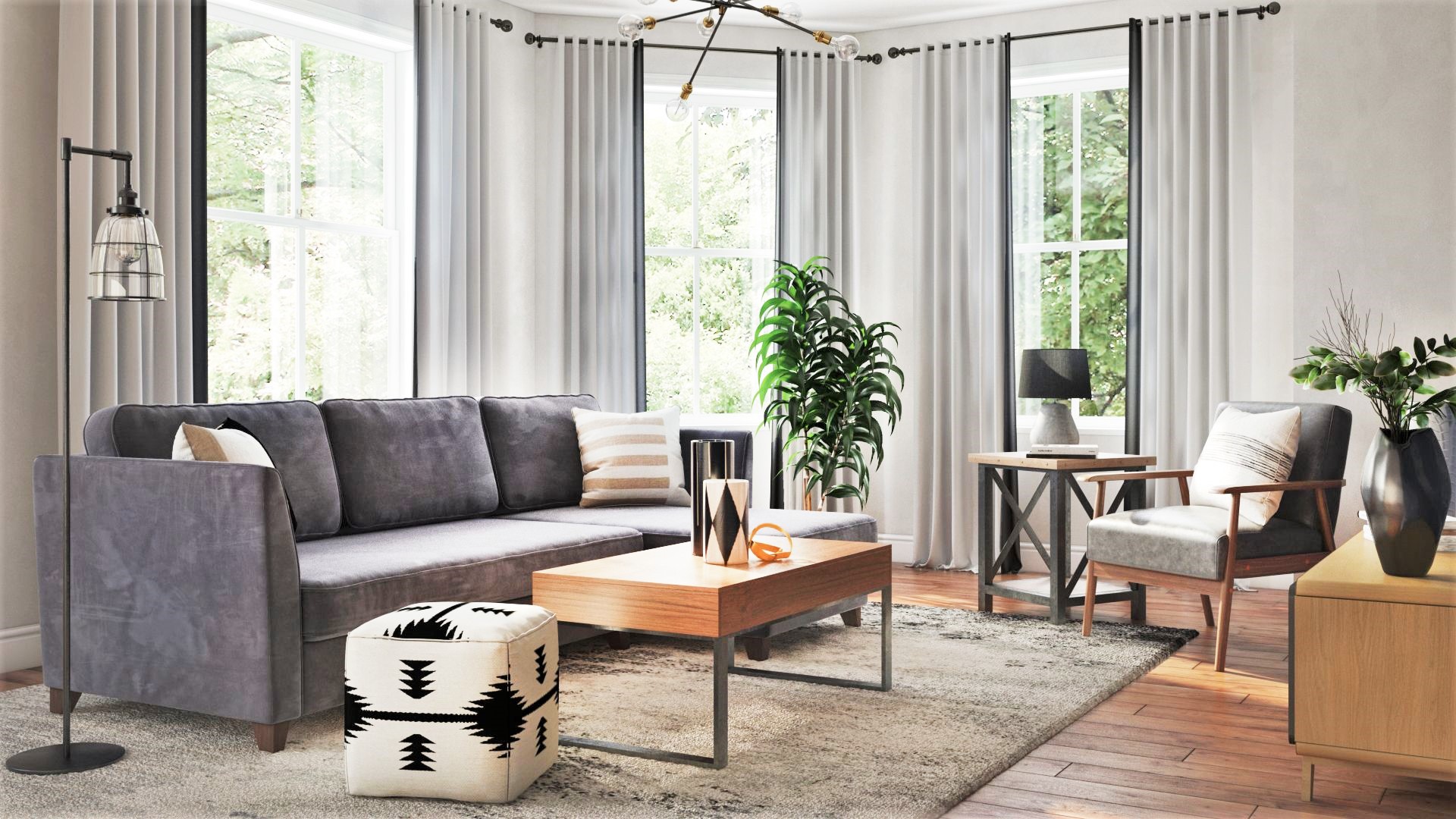Table of contents
Share Post
Designing for Connection and Growth in Neurodiverse Design
Homes designed for neurodiverse individuals should strike a balance between fostering connection and offering spaces for personal development.
Social Interaction Zones:
- Create cozy, communal areas for family bonding or socializing with friends. Comfortable seating, a warm color palette, and low-level lighting can encourage relaxation and connection.
- Ensure enough space for movement to prevent a cramped or overwhelming feel.
Private Retreats:
- Design quiet areas or nooks where individuals can retreat to recharge. Use noise-dampening materials and soothing visuals.
- Incorporate calming elements like weighted blankets, rocking chairs, or sensory tents.
Spaces for Hobbies and Creativity:
- Dedicate a portion of the home for personal interests, like art, music, or reading.
- Include adjustable furniture and accessible storage tailored to the individual’s hobbies.
Growth-Centered Features:
- Add elements that encourage personal growth, like vision boards, exercise zones, or meditation corners.
Encourage adaptability by designing spaces that can evolve as interests and needs change






